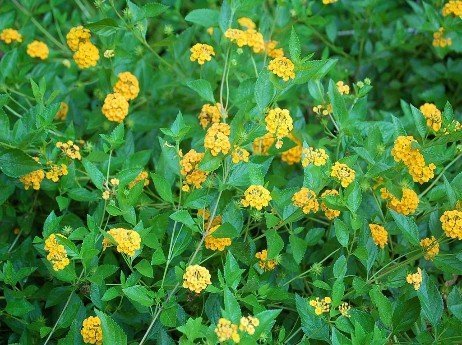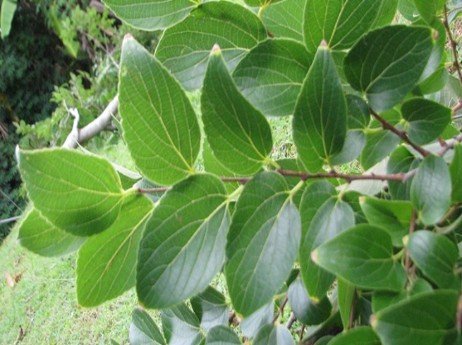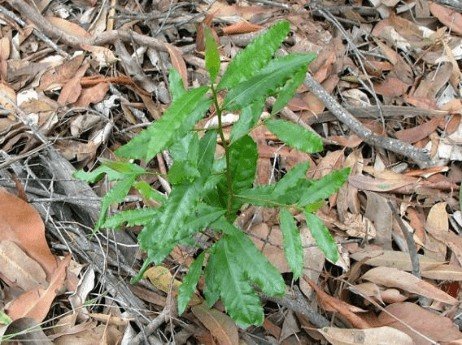Noxious weeds and Weed control

Seeds from weed plants travel in the wind, on shoes, clothing, vehicles, machinery, pet fur, livestock and wildlife. Seeds and plant parts can also hide in soil, water, mulch and animal feces.
Highly invasive weeds threaten grazing lands, waterways, national parks and urban environments. In Australia, the cost of weeds on agriculture has been estimated at $4 billion a year (excluding the impacts on the environment and community).
Show More
Preventing the spread of weeds is difficult, as many weeds have physical characteristics that allow their seeds and other reproductive parts to be easily carried over vast distances.
Seeds from weed plants travel in the wind, on shoes, clothing, vehicles, machinery, pet fur, livestock and wildlife. Seeds and plant parts can also hide in soil, water, mulch and animal feces.
Highly invasive weeds threaten grazing lands, waterways, national parks and urban environments. In Australia, the cost of weeds on agriculture has been estimated at $4 billion a year (excluding the impacts on the environment and community).

What is Noxious Weed?
noxious weed
noun
plural noun; noxious weeds
a weed which is considered to be harmful to the environment or animals. especially one which may be the subject of regulations governing attempts to control it.
“a trial of remote-controlled helicopter technology in the fight against noxious weeds, mosquitoes, and other pests.”
Some of the more common noxious weeds you may encounter are:
African Tulip Tree – Fast growing, highly invasive, evergreen tree forming dense stands in gullies and streams, crowding out native vegetation.
Lantana – Heavily branched shrub that can grow as compact clumps, dense thickets and as scrambling and climbing vines that smother native vegetation.
Ochna – Ornamental species, easily dispersed to new areas by birds eating the fruits.
Camphor Laurel – Large attractive shade tree, aggressively replaces native vegetation.
Mother of Millions – Succulent type plant well adapted to dry areas, highly toxic to stock, forms masses of embryoids (plantlets), hard to eradicate
Chinese Elm – The growth rate of Chinese elm can be over 3 feet per year reaching 60 to 80 feet tall. This species is very hardy and can grow almost anywhere.
Show More
“a trial of remote-controlled helicopter technology in the fight against noxious weeds, mosquitoes, and other pests.”
Some of the more common noxious weeds you may encounter are:
African Tulip Tree – Fast growing, highly invasive, evergreen tree forming dense stands in gullies and streams, crowding out native vegetation.
Lantana – Heavily branched shrub that can grow as compact clumps, dense thickets and as scrambling and climbing vines that smother native vegetation.
Ochna – Ornamental species, easily dispersed to new areas by birds eating the fruits.
Camphor Laurel – Large attractive shade tree, aggressively replaces native vegetation.
Mother of Millions – Succulent type plant well adapted to dry areas, highly toxic to stock, forms masses of embryoids (plantlets), hard to eradicate
Chinese Elm – The growth rate of Chinese elm can be over 3 feet per year reaching 60 to 80 feet tall. This species is very hardy and can grow almost anywhere.

One of the most cost-effective ways to control weeds is to stop them spreading and eradicate new infestations. At 1300 4 Gardening, we use an array of trusted chemicals to assist in this.
At 1300 4 Gardening, we are currently working with new technologies and aerial imaging using a remote control drone to help assess large and acreage properties. The benefits of this are huge. We can provide you with an up to date view of your property that can highlight any problem areas that may be affected and come up with a plan to combat weed invasions.
If you would like any additional information on this subject, Here is a link to the Department of Agriculture and Fisheries where you can find more information about weeds and the different control measures that can be adopted.
Here you can use the Queensland governments ‘Weeds of Australia Identification Tool’ to assist in identifying any possible weeds.
If you need any help with any of the above, give us a call on 1300 442 733 or drop us an EMAIL and we will be more than happy to assist.
Show More
At 1300 4 Gardening, we are currently working with new technologies and aerial imaging using a remote control drone to help assess large and acreage properties. The benefits of this are huge. We can provide you with an up to date view of your property that can highlight any problem areas that may be affected and come up with a plan to combat weed invasions.
If you would like any additional information on this subject, Here is a link to the Department of Agriculture and Fisheries where you can find more information about weeds and the different control measures that can be adopted.
Here you can use the Queensland governments ‘Weeds of Australia Identification Tool’ to assist in identifying any possible weeds.
If you need any help with any of the above, give us a call on 1300 442 733 or drop us an EMAIL and we will be more than happy to assist.
1300 4 Gardening (1300 442 733)
Our office is open 7.30am to 4.00pm weekdays
for all enquires – large or small!
We Accept




